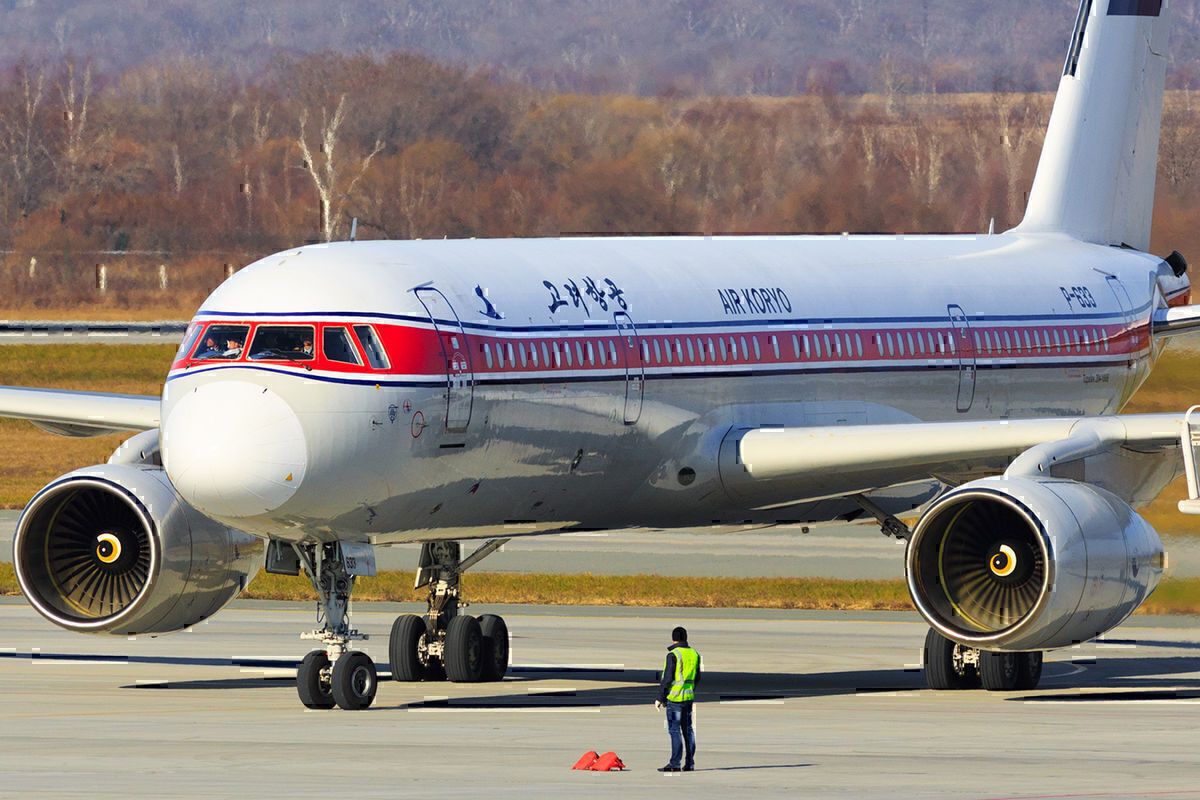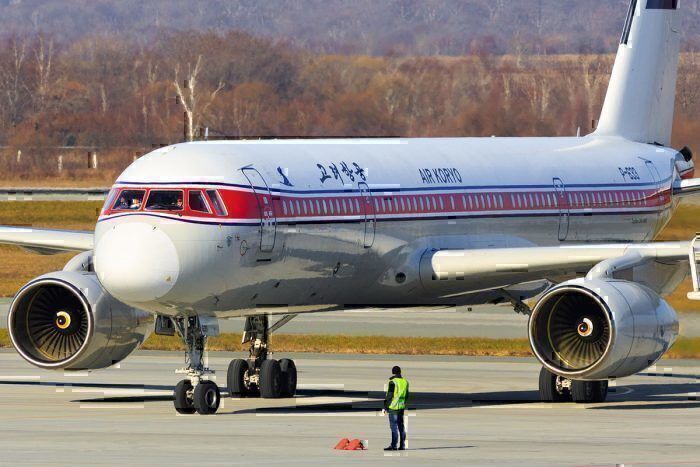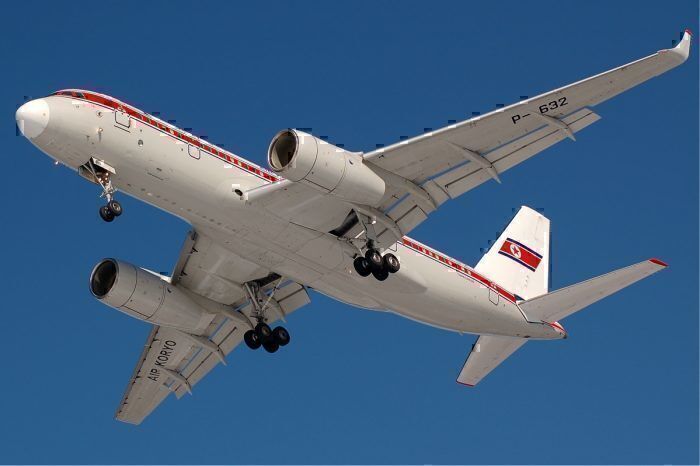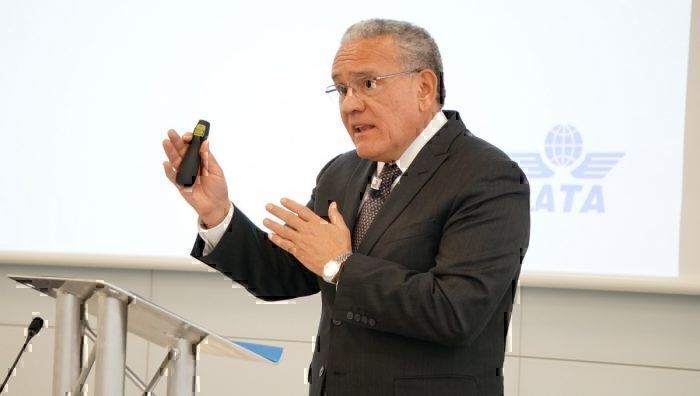North Korean flag carrier Air Koryo is having some mixed messages sent out about its safety as an airline. It passed the IATA Operational Safety Audit (IOSA) and is still listed on the Register as a ‘safe’ airline. However, the EU has banned operations by the airline to any EU member country. How does an airline end up banned with one agency and fine with another?
The IOSA Program
IATA’s Operational Safety Audit (IOSA) Program is recognized as a global standard in airline safety and operational efficiency. It is a prerequisite of IATA membership but goes a whole lot further than that. The IATA website states that some 32% of the airlines on the IOSA registry are non-IATA members, demonstrating the importance of this standard even outside of the IATA membership ecosystem.
IOSA is open to any commercial passenger or cargo operator who uses at least one two pilot multi-engine aircraft with an MTOW of 5,700kg or more. The IOSA evaluates the performance of the airline in relation to Standards and Recommended Practices (ISARPs)
According to the IATA database, Air Koryo is currently on the ISO Registry, meaning they have an active pass of the audit process. The airline’s registration is good through to October 3rd 2020.
The EU Air Safety List
The EU ASL is described as being a list of air carriers from non-EU countries which do not meet the international safety standard. In some cases, all airlines from a particular country will be placed on the blacklist, due to being seen to have insufficient oversight from their local regulators. Currently, 109 airlines from 15 states are banned from the EU under this rule.
As well as the banned nations, a number of individual operators are either banned or have special conditions imposed on their operations. Airlines include Air Zimbabwe, Iran Aseman Airlines and, of course, Air Koryo.
It’s not entirely true to say that Air Koryo is completely banned. It is, in theory, allowed to operate its two Tupolev Tu-204 into the EU, having been granted flying rights in March 2010. However, the rest of its fleet is banned.
In fact, Air Koryo is not alone in being in this situation. Iran Asseman Airlines, Iran Air and Air Zimbabwe are all certified under IOSA, but are banned by the EU. So how does an airline end up on the EU banned list, when a reputable organization like IATA has certified it as safe to fly?
The IATA explanation
Speaking at today’s IATA Media Days in Geneva, Gilberto Lopez Meyer, IATA’s senior vice president of safety and flight operations, responded to this question in firm defense of the IATA program. He said,
“Any audit like the IOSA is a snapshot of an airline at a certain point in time. Any audit has its limitations. When we have these kinds of cases like the ones you are mentioning, we do need to ask why the airline passed the IOSA audit but it didn't pass the EU audit.”
Lopez Meyer admitted that there was, on occasion, disparity between auditing agencies, commenting,
“We really have learned by experience that sometimes an airline that doesn't have a problem with us has a problem with another agency. Often it is the opposite; they are OK with the other agency but have a problem with us.”
Wrapping up, Lopez Meyer made it clear that a disagreement between the agencies is not a sign of a major issue with either regulatory body. He suggested it is in fact a symptom of the limitations of audit processes in general.
“This is just a snapshot of this airline at this point in time. It’s been investigated with a certain level of authority, with a certain set of questions and objectives, so it's not a perfect system. This is why we insist that cooperation between the authorities is essential.”
IATA’s evaluation of airlines under IOSA is conducted once every two years. As Air Koryo’s status expires on the 3rd October 2020, this suggests it has been well over a year since that airline was audited. In that respect, what Mr. Lopez Meyer is saying is absolutely true; assessments must be taken in a snapshot, which may change between the times or because of the parameters used by agencies.
For now, Air Koryo will not be flying to the EU, but that doesn’t mean its unsafe for operations. We’ll have to see how it performs in the next IOSA audit in October 2020.




